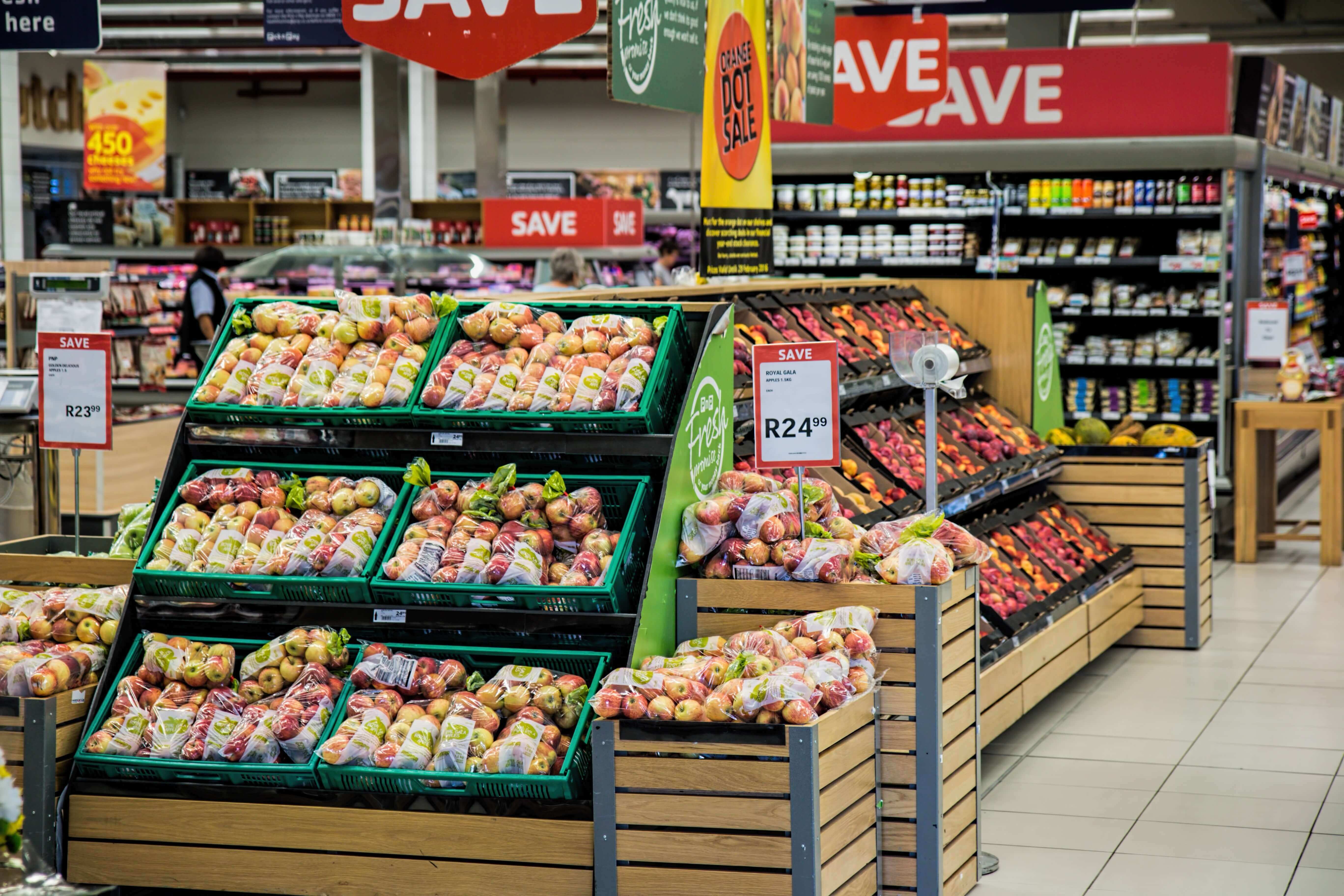Shortly thereafter, he called customer service again. «It turns out there’s been some activities in my house I haven’t been completely aware of. She’s due in August. I owe you an apology.» As it turned out, based on data from previous purchases the daughter had made at their stores, Target knew the teen was pregnant before her own father did.
Whether we are aware of it or not, everyone has a similar amount of data about our shopping habits being collected by companies. As technology continues to advance, the data we leave behind about our shopping habits becomes more detailed, and can be used to advertise to our unique wants and needs.
Omnichannel advertising
«Omnichannel» is a buzzword that business will likely hear more and more in 2019. Omnichannel marketing has become increasingly popular with retailers and their customers, and as a result, omnichannel advertising is beginning to take center stage as the most reaching and successful promotional strategy for 2019. TV commercials and magazine pages don’t work the magic they used to in regards to reach. The latest and greatest of the retail industry — like the beauty retailer Glossier — abandoned traditional advertising strategies in favor of their own blog and social media accounts, and found great success in doing so. 2019 will see less side-banner ads on random webpages or billboards along highways in favor of instagram, mobile apps, and other advertising methods aimed at immaculately integrating multiple channels of promotion.
Big data: the bread and butter of retail
This in-depth information known as «big data» is changing retail as we know it, both online and in-store. Though this particular case of a store «knowing» a woman is pregnant may sound a bit shocking, both customers and retailers have a lot to gain when their shopping experience is tailored to individuals according to their digital footprint. Let’s take a deeper look into what big data is, and in what ways your business can utilize the power of big data to enhance your business strategy.
What is big data?
Big data consists of data sets that are too large to be processed using traditional methods, which reveal patterns and trends (typically) regarding human behavior. This information is extremely valuable to both online and in-store retailers alike. As a result, many companies have been investing heavily in tools that collect and analyze big data, and have obtained remarkable advantages over market competitors by doing so.
How big data is used in retail
Customer behavior
The more data a company can have on its customers, the better. As advertising and promotions become more complex and personalized, customer insights also must become more intricate. Big data on customer behavior can help businesses determine who their high-priority customers are and how to advertise to them in the best way possible. Companies can avoid acquisition costs, increase their customer retention rates, and personalize customer shopping experiences. This helps businesses increase revenue and maintain a healthier brand image as a result.

Prediction/forecasting
The sheer amount of data that can be processed allows retailers to accurately predict and forecast optimal prices and sales. Additionally, the advanced algorithms being used to analyze big data are becoming faster at doing so, providing notifications to companies so they may change their strategy according to market changes almost instantly.
Omnichannel Marketing
Retailers are no longer limited to TV and magazines to reach their customer base. Individuals are likely to see advertisements from brands on multiple devices and platforms. Data on the success of these advertisements and campaigns can be collected and analyzed with more detail than ever before. With big data on customer experiences along multiple platforms, retailers can create omni-channel campaign strategies and are more likely to grow retain their customer base this way.
Pricing
As stated previously, big data can help retailers react to the market’s many changes faster and more accurately. This also holds true in regards to pricing. With historical and current data on pricing information, big data can be used to predict the best price for a given situation on the market. Most importantly, big data can be used by retailers to find the «right» price, so they don’t get caught up in constantly marking down their prices in an attempt to be competitive.
Big data also takes many factors into consideration that are easily overlooked using traditional pricing methods. By recording intricate relationships between products and their sales, big data can be used to find prices for individual products that reflect a company’s entire product portfolio. This helps retailers avoid pricing dilemmas such as price cannibalization and the halo effect.
Big data will only get bigger
Big data is already re-shaping how we do retail, both from the perspective of the customer and the retailer. As the amount of data retailers have available continues to expand, companies will find more and more ways to use it. From optimizing prices to engaging with customers more successfully, big data and the tools used to collect and analyze it will prove to be a trending topic in retail for years to come.






